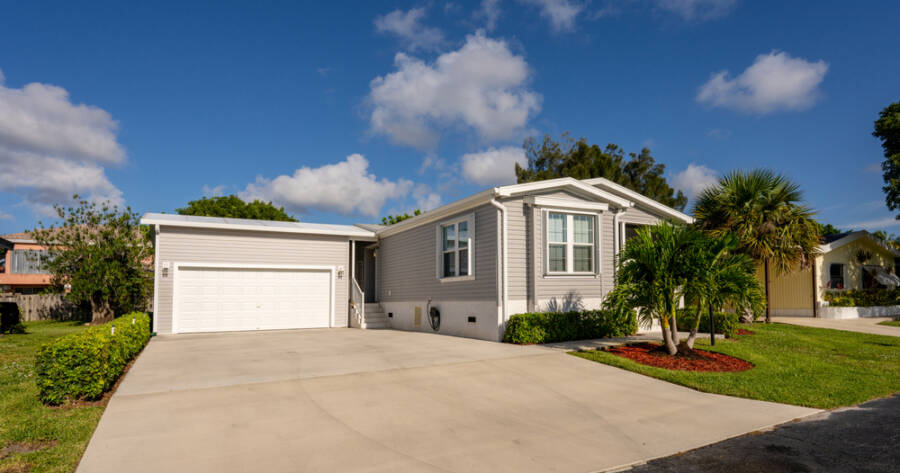Modular homes have become an appealing option for many, offering flexibility, modern designs, and faster construction timelines compared to traditional homes. As an affordable housing solution, they combine quality craftsmanship with cost-effectiveness. However, before diving into the process, it’s essential to have a clear understanding of what goes into the total cost. Knowing the expenses involved can help you plan effectively and make informed decisions when considering building a modular home.
What Are Modular Homes?
Modular homes are prefabricated homes that are built in sections, or “modules,” in a factory before being delivered to a construction site. These homes are designed to meet the same building codes as traditional homes but are assembled much more quickly. The modules are transported to the site, where they are placed on a foundation and joined together.
With various styles available, including ranch, Cape Cod, and modern, modular homes offer versatility in design and functionality. Their construction allows for faster turnaround times, making them a popular choice for those looking to move into a new home quickly.
The Allure and Benefits of Modular Homes
Modular homes offer several appealing advantages that make them a popular option for many homebuyers. One of the main benefits is the speed of construction, as modules are pre-built in a factory, cutting down the overall building time.
Additionally, modular homes are known for their cost-effectiveness, often costing less than traditional homes due to their streamlined construction process. They are also highly customizable, allowing buyers to select the style and features that best suit their needs. Furthermore, modular homes are energy-efficient, offering modern insulation and environmentally friendly construction methods that can help lower utility costs.
The Average Cost of Building a Modular Home
The cost of building a modular home can vary depending on several factors, including size, location, and customization. On average, modular homes cost between $50 and $160 per square foot, depending on whether you’re only purchasing the unit or opting for a fully installed, finished home. The total cost typically ranges from $120,000 to $270,000.
Keep in mind, this price usually includes the cost of land preparation, foundation, utility installation, permits, and any optional upgrades. For those seeking a more budget-friendly option, basic modular homes are available, while more elaborate, fully customizable designs may fall on the higher end of the spectrum.
What to Consider When Buying a Modular Home
When buying a modular home, it’s important to consider several key factors that can influence both the cost and the overall experience. First, evaluate the land where the home will be placed, as land preparation and foundation work can significantly impact costs.
Additionally, consider the specific style and design of the home, as customization options can affect the price. Don’t forget to factor in permits, utility hookups, and any potential additional costs like landscaping or interior finishes. It’s also crucial to choose a reputable manufacturer with a history of delivering quality modular homes to ensure a smooth building process and satisfaction with the final product.
Making the Right Choice for Your Home
Building a modular home can be a smart and efficient way to own a high-quality, customizable property at a lower cost. With the variety of styles available, the speed of construction, and the ability to customize according to your preferences, modular homes offer many benefits. By understanding the costs involved, including land, utilities, and permits, and considering your options carefully, you can ensure that your modular home meets your needs while staying within budget.

